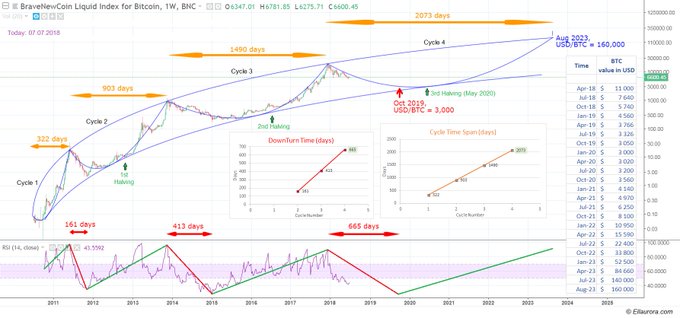On the heels of declaring Coinbase a “cryptocurrency company” instead of a tech/finance firm, Natalie McGrath, head of people and operations, revealed that the startup reached 500 employees, Aug. 24.
Coinbase Hits 500 Employee Mark
In a tweet, McGrath stated the company has hired more than 500 employees, indicating the fast growth of the self-stylized “Google of Cryptocurrencies” and proving to world governments that the digital asset ecosystem could create significant employment and industry for the broader economy.
On the same day, CEO Brian Armstrong shared an email with employees about Coinbase’s segmentation in the startup world, reportedly after being posed the question.
Armstrong laid out his reasoning in a detailed post, stating the company prides itself in product creation, has a dedicated engineering team and features a knowledgeable legal and compliance team.
The aforementioned fixtures, according to Armstrong, make Coinbase a technology company “driving a ton of innovation and growth in the world today.” However, the CEO concluded by stating the firm fits in the newly-developed “crypto” category instead of a “fintech” organization.
Armstrong further elaborated:
“We’re not satisfied with the limitations of either technology or finance industries. We don’t want to move fast and break things — that doesn’t work when you’re handling people’s money. We also don’t want to become so conservative that more risk-tolerant organizations outrun us.”
Plunging Trading Volumes
Despite its rise to relevance, 2018’s prolonged bear market has caused Coinebase’s trading volumes to plunge substantially.
According to a report by research firm Diar, the San Francisco-based exchange has experienced an 83 percent decline in daily trading volume since January 2018. The report further calculated the company’s value at 3.9 billion dollars in July, compared to over $21 (1h 24m) billion in January.
![Bitcoin Achieving 14-Month Record Stability is ‘Extremely Healthy’ [INTERVIEW]](https://cryptoslate.com/wp-content/uploads/2018/08/interview-btc-achieving-14-month-social-300x158.jpg)
Crypto-exchanges like Bitstamp and Kraken have seen similar drops in fortune, with trading volumes decreasing over 40 percent. However, Malta-based Binance continues to enjoy its stronghold over the global cryptocurrency market. The Changpeng Zhao-led exchange registered $17 (1h 8m).5 billion in trades last February, dropping to $9 (0h 36m).4 billion dollars in June.
Meanwhile, Hong Kong-based OKEx experienced a rather uncanny increase in volume throughout June and July, with trading volume increasing from $2 (0h 8m).8 billion to $2 (0h 8m).9 billion.
Portfolio ‘Rebalancing’ Comes to Coinbase
Additionally, Coinbase has partnered with the portfolio rebalancing application Shrimpy, according to an official blog post. The partnership will be specific to Coinbase Pro and will aim to “rebalance” the portfolios of both retail and institutional investors once a year.

A traditional market strategy, rebalancing involves tracking an asset’s performance over a particular period and increasing one’s investment, divesting and distributing profits to other portfolio holds. As reported by CryptoSlate, the strategy is proven to triumph over merely holding one’s investment over an extended period.
Via the partnership, Coinbase Pro customers can now rebalance their portfolios across four other crypto exchanges and 100-plus different cryptocurrencies.
Cover Photo by Gordon Mak on Unsplash







